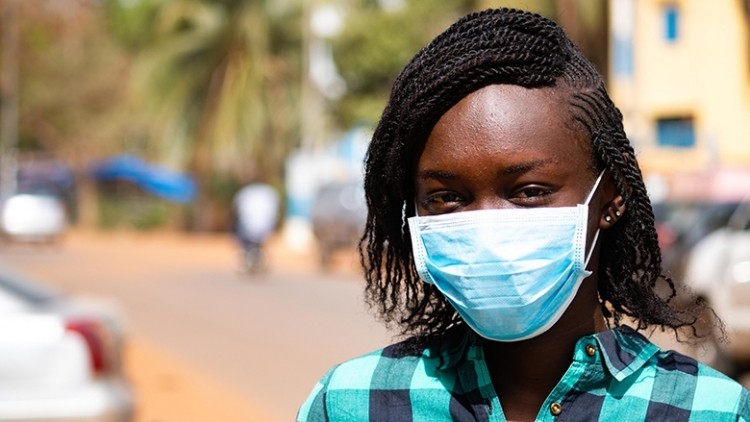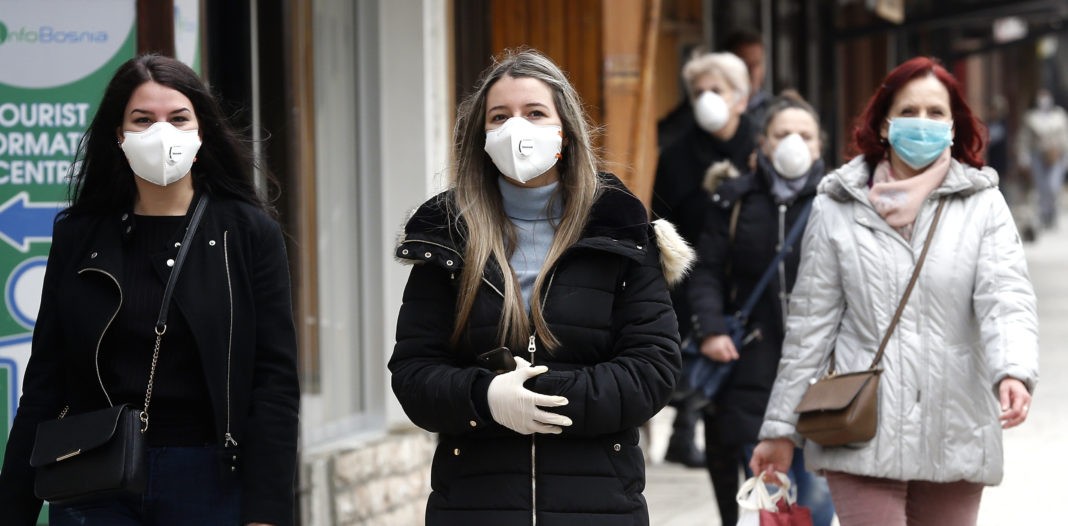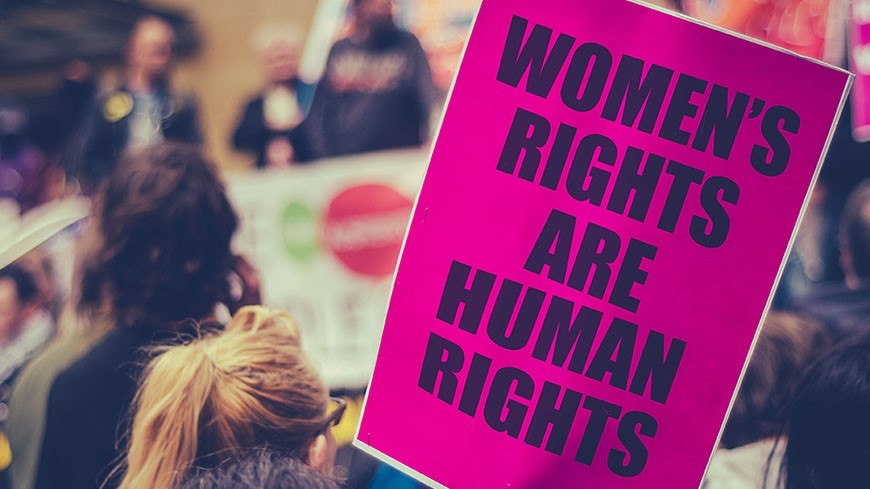Approximately 15 billion people encounter legal and judicial problems globally which they cannot solve; while 4.5 billion -specifically women, vulnerable and poor are downright excluded from legal protection and opportunities.
To make things even worse, COVID-19 is aggravating the hurdles to equal opportunities and access to justice, particularly for females. Globally, women already have fewer rights than men and the pandemic is making the situation even worse.

The responses to the pandemic are going to be heavily gender biased, predicts the World Economic Forum. This depicts that disable, immigrants and native females are twice as disadvantaged than before. It is crucial to ensure that the current pandemic does not broaden the gender justice gap.
The chart shared below illustrates regional patterns in significant laws- biased laws and institutions are broken down region-wise. As it can be seen, more than 2.7 million women are restricted to have the same jobs as men, globally.
Even in today’s day and age, there are countries where husbands possess legal rights to stop their wives from working. The gap is higher in the Middle East and North Africa where 10.6% of the females are suppressed and laws fail to protect their rights.
Around the world, women have fewer rights than men – and COVID-19 is making it worse https://t.co/GUFL88AE4j #Gender #Equality pic.twitter.com/hYcLwogcZo
— World Economic Forum (@wef) June 18, 2020
Image: UN Women
These inequalities were pronounced before the pandemic, with several females fighting an uphill battle to acquire justice. Despite several legislative reforms, women worldwide have only three-quarters of the legal rights as compared to men.
Even though not all hope is lost, and institutions like the United Nations, with initiatives like United Nations Sustainable Development Goal 16 that focuses on “providing access to justice for all”, are consistently fighting for protection of women’s rights.
In addition, the measurement of justice gap has improved due to enhanced data collection methods and readily available national and international statistics.
It’s not that women experience more legal problems than men, rather they are more likely to undergo issues like child support and alimony money, in addition to increased sexual abuse and losing safety nets in the social circle.

With the rise in COVID-19 cases and the inevitable financial crunch, males have and are more likely to lose jobs which in turn means they will not be able to provide child support or alimony; countries like the USA, the UK, Canada, Germany have already started to report increased number of cases in domestic violence and the rising divorce rate. However, the lockdown has hindered the usual route of addressing these issues, leaving women at a disadvantage again.Moreover, women lack the financial resources and social connections to steer justice systems.
Social norms are more likely to hinder them from taking legal action, and even if they do, they are undermined by gender biased public officials. If they finally decide to exercise their right and fight a legal battle, they may not find the time to go to court, because they have to balance work and family life.

Even though courts have exposed their own weaknesses in a tough time as this, such as lack of technology adoption, lacking online lawyers and legal assistance, it has, in response to the pandemic, brought about a few positive changes; such as remote hearings via video calls, submission of petitions online etc that have helped women to some extent.
Another challenge for women, brought on by the pandemic are financial restrictions; since the virus is very likely to exacerbate the current economic gender gap, this will further restrict opportunities for women; for instance if a woman’s husband dies due to COVID-19, she may lose assets like land and savings.
In difficult times, the legal aid services help improve social and economic situation of women and their households but since economy itself is taking a sharp downturn, even this resource will prove to be in vain.